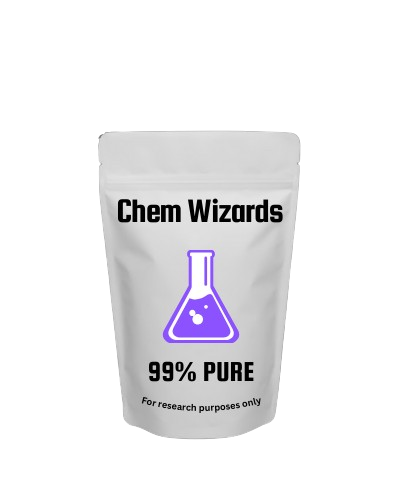

Buy 3-HO-PCP (3-hydroxyphencyclidine)
$2,495.00 – $38,595.00Price range: $2,495.00 through $38,595.00
3-HO-PCP is a potent NMDA receptor and opioid receptor binding dissociative used in research for pharmacology and forensic analysis.
Important Notice:
European customers should complete their purchases in USD (not CAD). After placing your order and before manual payment, the currency will be converted to Euros.
Canadian customers should use CAD, and American customers should use USD.
3-HO-PCP (3-Hydroxyphencyclidine) Product Description
Introduction
3-Hydroxyphencyclidine (3-HO-PCP) is a synthetic dissociative anesthetic belonging to the arylcyclohexylamine class. It is a hydroxy-substituted derivative of phencyclidine (PCP), differing by the addition of a hydroxy group at the 3-position of the phenyl ring. Originally synthesized in 1982 during structure-activity relationship studies of PCP analogues, 3-HO-PCP has appeared as a designer drug and research chemical. It is used strictly for laboratory and scientific research to study dissociative effects, receptor pharmacology, and toxicology. The compound is unavailable for medical use.
Chemical Properties and Specifications
Structural and Molecular Characteristics
| Attribute | Specification |
|---|---|
| Chemical Formula | C17H25NO |
| Molecular Weight | 259.39 g/mol |
| CAS Number | 79787-43-2 (free base); 79295-51-5 (hydrochloride) |
| IUPAC Name | 3-[1-(Piperidin-1-yl)cyclohexyl]phenol |
| Synonyms | 3-Hydroxyphencyclidine, 3-HO-PCP, 3-OH-PCP |
Physical Properties and Purity Standards
-
Appearance: White crystalline solid or powder; hydrochloride salt available as white crystalline powder.
-
Purity: Research-grade 3-HO-PCP typically ≥ 97%, confirmed using NMR, MS, and chromatographic methods.
-
Solubility: Soluble in ethanol, methanol, dimethyl sulfoxide (DMSO), dimethylformamide (DMF), and phosphate-buffered saline (pH 7.2) at 10 mg/mL; limited aqueous solubility in free-base form.
-
Storage Recommendations: Store in airtight containers protected from light, moisture, and heat. Optimally refrigerated (2–8°C) for long-term stability.
Pharmacological Profile and Mechanism of Action
Proposed Mechanism of Action
3-HO-PCP is a high-affinity, uncompetitive antagonist of the N-methyl-D-aspartate (NMDA) receptor at the dizocilpine (MK-801) binding site with an approximate Ki of 30 nM, significantly more potent than PCP itself (Ki ~250 nM). In addition to NMDA receptor affinity, 3-HO-PCP exhibits notable binding at μ-opioid (MOR), κ-opioid (KOR), and sigma-1 receptors. It has high affinity for MOR (Ki 39–60 nM), moderate affinity for KOR (140 nM), and binds sigma-1 receptors (42 nM). This unique opioid receptor affinity distinguishes it from classic PCP. The dissociative effects primarily arise from NMDA receptor antagonism.
Research Applications
3-HO-PCP is utilized in neuropharmacology and toxicology to explore the mechanisms of dissociative anesthesia and opioid receptor interactions. It is also used in forensic drug analysis and as a reference standard for detecting novel psychoactive substances. Behavioral and pharmacokinetic investigations employ it for understanding dose-response relationships and receptor-specific affinities.
Comparative Analysis with Related Compounds
Comparison with PCP, 3-HO-PCE, and 3-MeO-PCP
3-HO-PCP differs structurally from PCP by hydroxyl substitution enhancing receptor affinity and reducing potency relative to ketamine. Compared with 3-HO-PCE, it has greater opioid receptor activity and higher NMDA receptor binding affinity. It is also a metabolite of 3-MeO-PCP but has distinct pharmacological and toxicological profiles influencing its effects and metabolism.
Advantages for Research
-
Excellent tool for dissecting NMDA and opioid receptor pharmacodynamics.
-
Supports forensic identification of designer dissociatives.
-
Provides insight into structural modifications affecting receptor binding and behavioral outcomes.
Safety and Handling Guidelines
Laboratory Safety
Proper personal protective equipment (PPE) such as gloves, lab coats, and eye protection must be worn. Work under well-ventilated fume hoods to minimize inhalation and dermal absorption.
Disposal and Environmental Considerations
Waste and residues must be disposed of in compliance with hazardous chemical regulations. Containment to prevent environmental release is mandatory.
Regulatory Status
3-HO-PCP is regulated in many countries, restricted to licensed scientific research.
Frequently Asked Questions (FAQs)
-
What is 3-HO-PCP’s mechanism of action?
-
It is a potent NMDA receptor antagonist with additional high affinity for μ-opioid receptors.
-
How does 3-HO-PCP compare to PCP?
-
It is more potent at NMDA receptors and uniquely binds opioid receptors.
-
What are common forms of 3-HO-PCP?
-
Free base and hydrochloride salt powder or crystalline forms.
-
What solvents dissolve 3-HO-PCP?
-
Ethanol, methanol, DMSO, DMF, and phosphate-buffered saline.
-
Is 3-HO-PCP legal?
-
It is controlled and only permitted for research under regulated conditions.
Conclusion
3-HO-PCP is a chemically and pharmacologically distinctive arylcyclohexylamine dissociative with significant NMDA and opioid receptor activity. It is utilized as a research chemical for neuropharmacological and forensic studies, supporting advanced investigations into dissociative anesthetics and novel psychoactive substances.
| Quantity |
0.50 grams ,1 gram ,10 grams ,2 grams ,5 grams |
|---|
Related products

Buy 2F-DCK HCl (2-fluorodeschloroketamine)
$30.00 – $779,995.00Price range: $30.00 through $779,995.00
Buy 3-HO-PCE (3-Hydroxyeticyclidine)
$2,495.00 – $38,595.00Price range: $2,495.00 through $38,595.00
Buy 3-MeO-PCE (3-methoxyeticyclidine)
$75.00 – $2,063.00Price range: $75.00 through $2,063.00
Buy Bromonordiazepam 2.5 MG Pellets
$1,395.00 – $21,995.00Price range: $1,395.00 through $21,995.00
Buy D-MEX DMXE 40mg Pellets
$3,495.00 – $13,995.00Price range: $3,495.00 through $13,995.00
Buy DMXE 40mg Pellets (Deoxymethoxetamine)
$1,695.00 – $12,995.00Price range: $1,695.00 through $12,995.00




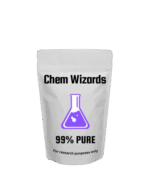
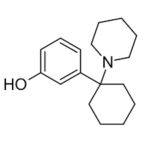
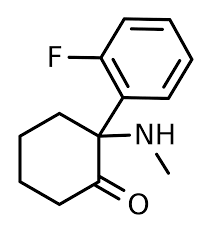
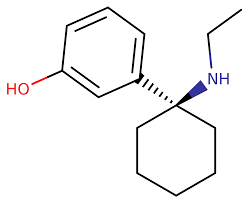
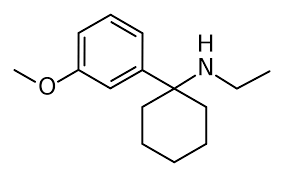
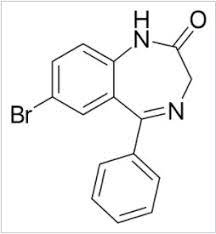
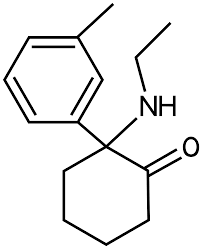
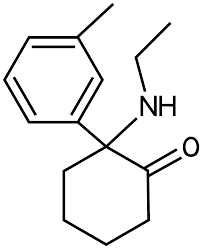
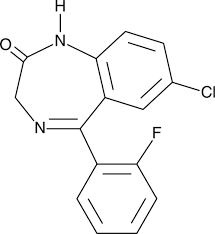
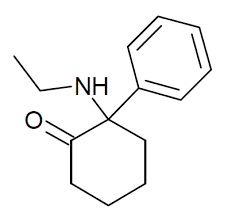
Reviews
There are no reviews yet.